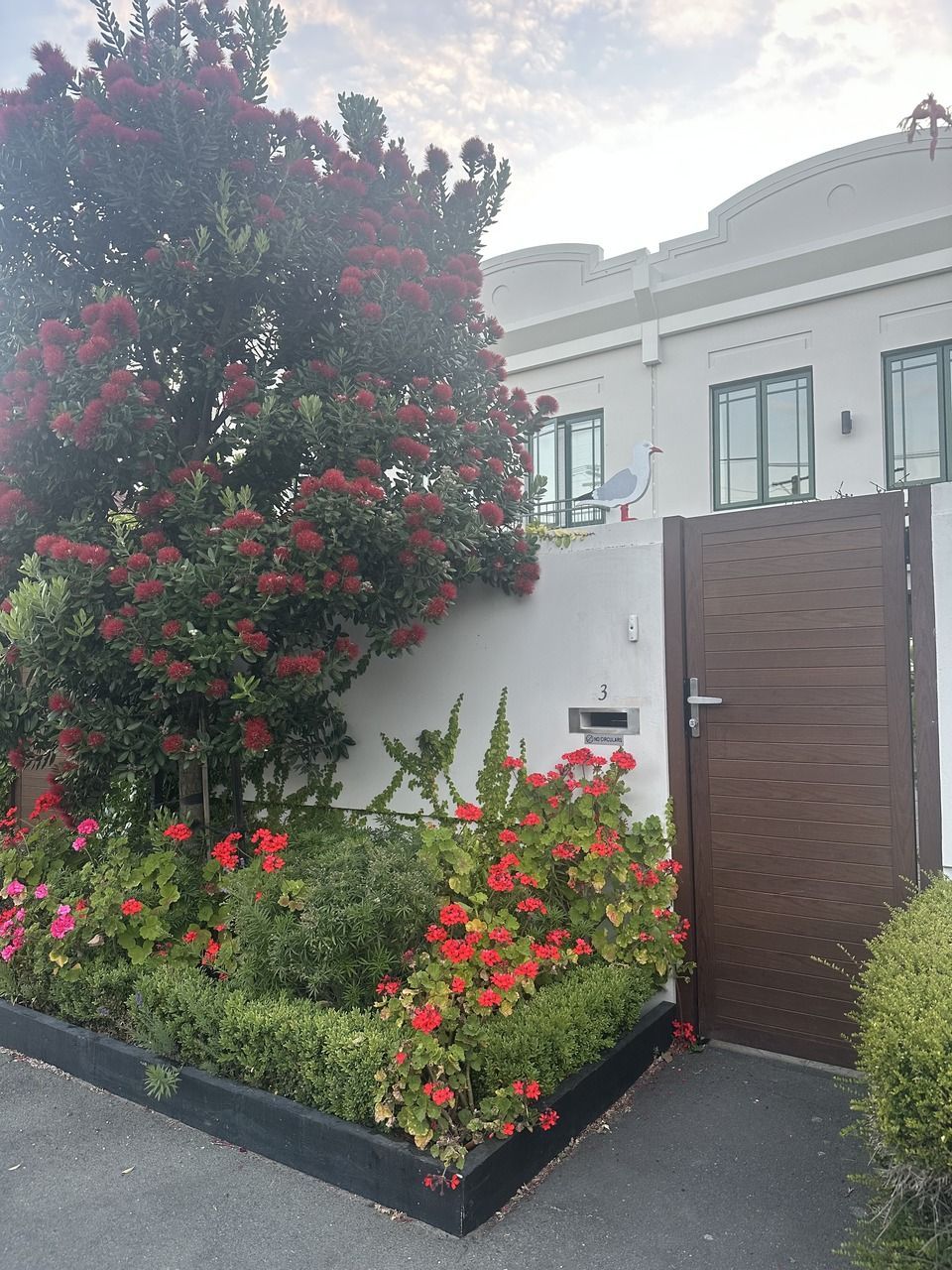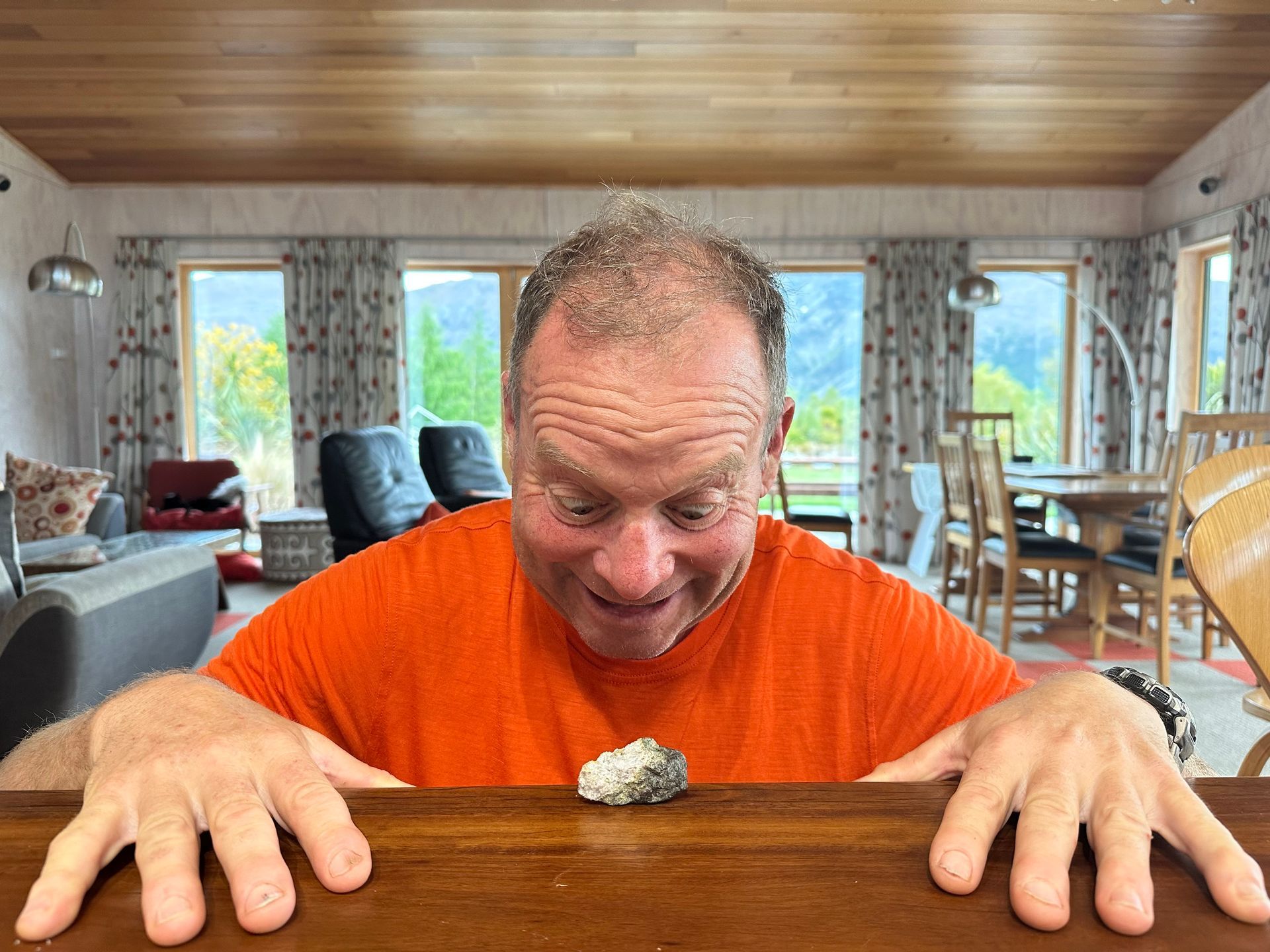The ladder of luxury

Last week I posted pictures of English used in South Korea to give the impression of luxury accommodation (or not!). What I thought about for the ensuing week was the trap that is called ‘luxury’. Luxury is a never-ending ladder driving consumption. I’m going to illustrate the luxury trap using the example of lawns.
“Lawns?” you say. “What do lawns have to do with luxury?” In the 1700s English and French landscape designers drove the concept of closely cut, well-kept grass areas in gardens. Capability Brown, a famous English landscape gardener of the 1800s, designed ‘pleasure gardens’ for the rich which featured huge swathes of mown grass. What is luxury about grass? It shows that you don’t need to use your land for crops; you have so much land you can expend time and energy keeping it tidy to no fundamental purpose.
England exported both people and the concept of lawns as a luxury to America, where the lawn grass industry is now enormous. Apparently, U.S. President Thomas Jefferson, an avid horticulturist, was among the first to replicate European lawn styling in America at his Monticello estate. During the 1800s different types of lawn mower were invented both in the UK and in the USA. Sprinklers were also invented, to keep grass green. Produce gardens were moved to the rear of houses as lawns took pride of place at the front.
Today lawns are a very common feature in a lot of the western world. Supposedly 2% of the USA is covered in turf grass – a stunning number if it is true (I keep on finding the same number for the USA and no figures for anywhere else in the world, which make me less confident about the statistic). No-one would think of lawns as a ‘luxury’ item today. This makes for two problems.
First, the ladder of luxury means people are always climbing, climbing, climbing. What is luxury at one time becomes the norm then people seek the subsequent ‘luxury’. Luxury is directly linked to exclusivity so once a luxury is common it is, by definition, not luxury. This pattern is a recipe for driving consumption and on a planet with limited resources we have no room to keep increasing consumption.
Second, people don’t think about the impact of their ‘luxury’ lawns, because the lawns are ‘ordinary’. Lawns remain a luxury in that they take up space where people could grow food, or provide habitat for all the organisms other than humans that we need on this planet if we are to survive long term. It is interesting observing houses in South Korea, the vast majority of which have no lawn at all. All the land around houses is given over to production of crops. On our recent trip to Europe it was also notable that grassed areas in many places are not mown. They are allowed to flower and seed and be a habitat.
There’s a further problem with lawns, in that they aren’t just monocultures that take up space that could be better used for food or habitat. Lawns are hugely consumptive in and of themselves. They are consumptive of:
- Water : the most common lawn grass (ryegrass) is not resilient to drought and browns off quickly without rain. Brown is not the colour people want lawns to be! So they water the lawn. That’s water that could be in rivers and lakes, where all sorts of fish and invertebrates and plants like to live. That’s water that could be in aquifers, preventing salt water wedges moving inland and destroying the productive capacity of soils near the coast.
- Agrichemicals : people don’t like weeds in their lawns, nor do they like insects like grass grub attacking their lawns. So they kill the weeds and insects with regular applications of chemicals (the chemicals to kill grass grub are pretty indiscriminately destructive of insect life).
- Energy & infrastructure : to move and clean irrigation water requires lots of energy and other costly infrastructure. Making and distributing agrichemicals requires energy and infrastructure.
- Time : people spend large amounts of time moving and managing lawns. There are so many other things people could do with their valuable life time other than maintain a theoretical status symbol.
Really, there seem to be few good arguments for having large quantities of lawn.
For anyone wanting to observe that a good part of our six hectares in Gibbston is covered in grass and I am therefore preaching something I don’t practice, here’s my answer. I have removed all grassed areas on every other property I have owned. In Gibbston, the ground is covered by a mix of browntop, yarrow and clover and requires no maintenance – it deals with drought admirably and only grows 25cm high so doesn’t require cutting. We cut the area around the house for fire mitigation and leave the rest to flower and seed. We don’t irrigate any of it. We are slowly planting the six hectares – so far we have put in some number of thousands of plants. However, 60,000 square metres is a lot of land to plant and new plants require intensive mulching and maintenance, given our dry climate (we don’t wholesale irrigate anything, only spot irrigate to get plants going in the first years). Ripping out all the grassed areas at once would achieve little other than a whole lot of different weeds, including thistles, which appear to be growing rapidly in numbers as our climate changes.
In conclusion, grass is a problem that started off as luxury, became the norm and became consumptive at a level that no one was thinking about when the fad began. There are so many other aspects of modern life to which we aspire, because we all aspire to luxury, without thinking of the costs. Whether the concept of luxury can be beaten out of humans is doubtful. However, we all have the power to consider our own situations and actions and recognise that the ladder of luxury could actually be a slippery snake.






